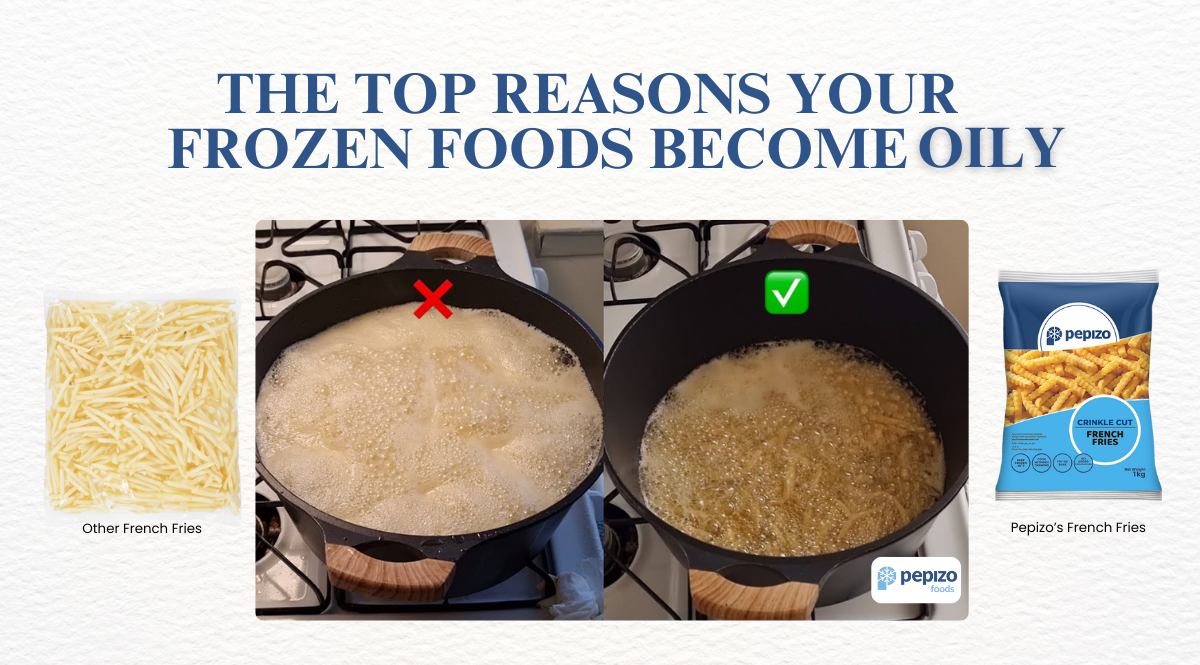What is the Reason Behind Your Frozen Foods Turn Oily?
Ever nervously dumped a batch of froze
n fries or crunchy nuggets into scalding oil, most effective to be left with a greasy, soggy mess instead of the golden crunch you preferred? You're no longer alone! Frying frozen foods can look easy, but a few hidden mistakes can make your crispy delusion an oily nightmare.
But don’t worry—we’re right here to spill the secrets and techniques, now not the oil! Whether you’re frying up Pepizo’s Frozen Foods or experimenting with different types of frozen foods for a fast snack or preparing a dinner party for pals, mastering the right strategies will ensure each bite is crispy, crunchy, and scrumptious. Let’s dive into the commonplace frying mistakes and, most importantly, the way to fix them!
Understanding the Reason and Frying Techniques to Avoing Frozen Food Getting Oily
Why Frozen Foods Become Oily: Frozen ingredients are moist, and they can form steam if they are uncovered to extra heat. If the food is not cooked right, the steam is trapped inside, and the outside layer of the food absorbs excessive quantities of oil. Thus, it's important to know frying strategies to prevent an excessive amount of oil absorption. Pepizo's frozen food items are made to cook easily, but to enjoy the delicious food, one needs to know the right way of frying.
1. Thawing the Food Improperly
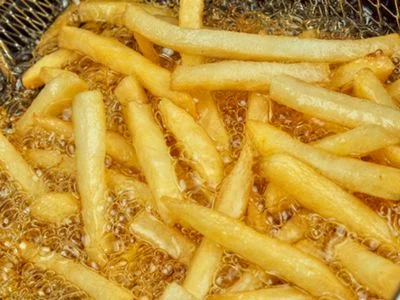
One of the most common mistakes is frying frozen food directly from the freezer. Although a few frozen items, consisting of French fries, are designed to be fried directly without defrosting, many items cook better when they are slightly thawed first before frying.
Why This Matters: Thawing serves to empty off extra moisture from the meals, which otherwise makes food too oily. If frozen foods are fried without thawing, the ice on the surface becomes liquid right away and blends with the oil, causing splatter and resulting in oil-soaked, soggy meals.
How to Fix This:
- Verify the product's packaging instructions for correct thawing processes.
- For foods inclusive of patties, allow the food to thaw in the refrigerator for a few hours before frying.
- Pat the food dry with a paper towel to dispose of any extra moisture before setting it in warm oil.
2. Frying at the Wrong Temperature
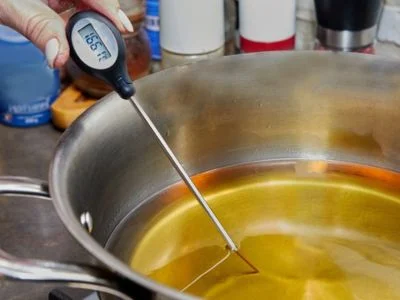
Another mistake is not frying at the proper temperature. If the oil is not warm enough, the meals will soak up more oil and emerge as greasy. If the oil is just too warm, the meals could get burned on the outside but stay undercooked on the inside.
Why This Matters: Once the oil is at the right temperature (typically between 350°F and 375°F), it forms a protective barrier at the food surface, preventing it from soaking up too much oil with different types of frozen foods
. But while the oil temperature is too low, it penetrates the meals, making them greasy.
How to Fix This:
- Use a kitchen thermometer to regulate the proper oil temperature.
- Preheat the oil for numerous minutes before frying, and probe it with a small amount of meals to determine if it's going to sizzle at once.
- Do not overcrowd the pan, as this could reduce the temperature of the oil.
Also Read: The Ultimate Guide to Cooking Frozen French Fries - Pepizo Foods
3. Overcrowding the Frying Pan
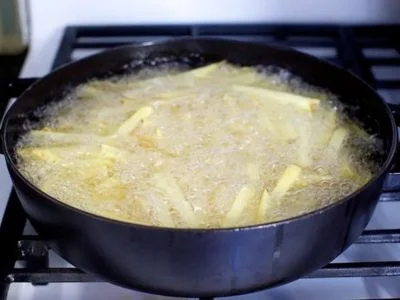
Overloading the frying pan with many frozen foods at one time tends to result in unsuitable cooking. With too many items within the pan, the temperature of the oil falls very low, so the meal choices up excess oil and cook poorly.
Why This Matters: A normal oil temperature is needed to crisp up the outside without greasing up the food. Overcrowding would not allow this to occur, and the food ends up steaming in its juices, resulting in a soggy texture.
How to Fix This:
- Fry in batches, having room among each object of food.
- Let the oil go back to the proper temperature among batches.
- Use a bigger frying pan if you have to fry extra in one go.
4. Using an Inappropriate Oil
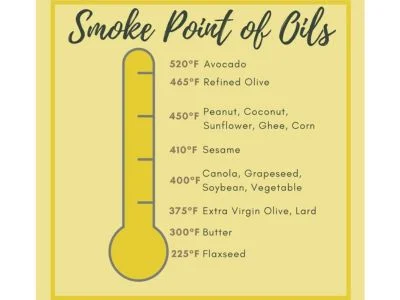
The oil you fry with can also have a massive effect on the result. Certain oils have lower smoke points in that they begin to break down while heat is implemented, which could make food oily and impart an off-taste.
Why This Matters: High-smoke-point oils, including canola, peanut, or vegetable oil, are ideal for frying. Such oils take care of better temperatures without degrading and include unwanted flavors in the meals.
How to Fix This:
- Select high-smoke factor oils for frying. Don't use olive oil, which has a lower smoke factor, but use oils that include sunflower or canola oil.
- Replace the oil whilst it begins to darken, as it's far a hallmark that it's been overheated and may affect the flavor and texture of the meals.
5. Not Draining Excess Oil Properly
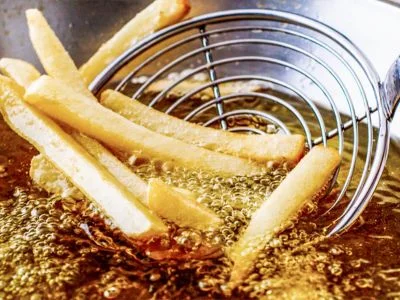
After frying, letting the food sit on oil-soaked paper towels or leaving it in the pan can cause it to absorb more oil as it cools down.
Why This Matters: Draining fried meals effectively is vital to eliminating excess oil. If you do not, the meals will keep absorbing oil and become soggy.
How to Fix This:
- Drain the meals with the use of a wire rack rather than paper towels. This would help the excess oil to drip off and leave the meals crispy.
- Shake off any excess oil lightly before placing the food on the rack.
- Allow the meals to sit for a minute before serving to drain well.
6. Using Stale or Reused Oil
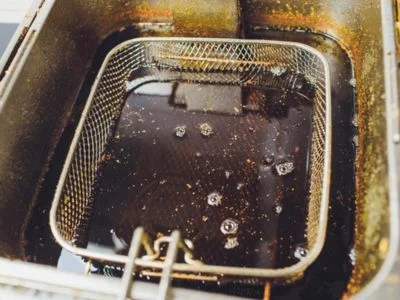
Reusing oil multiple times can lead to oily food because the oil degrades with each use, becoming more viscous and less effective at crisping up the food.
Why This Matters: Old oil can not keep the equal frying temperature, resulting in greasy, undercooked meals. It can also impart an unpleasant aftertaste and affect the general flavor of the dish negatively.
How to Fix This:
- When the oil starts to have a smoky scent or becomes too dark, it is time to change it.
- Strain oil now and then to drain out food particles, which can get burned; however, in no way reuse the same oil for more than 2-3 times.
- Keep reused oil nicely in a blanketed container in a cool, dark place if deciding to reuse it.
Conclusion
Frying frozen foods ought not to mean a greasy mess. By steaming clear of these maximum regular frying errors, you may be able to have your crispy, golden-brown snacks without them being blanketed in oil. Whether you're cooking up Pepizo's Frozen Foods or any other frozen snack, these simple pointers could have your food cooked to perfection.
Pepizo’s extensive variety of frozen food merchandise is designed for comfort and exceptional taste. A little attention to detail in the frying process can go a long way in maximizing their flavor and texture. So, the next time you’re craving a quick snack, keep these frying tips in mind to avoid the dreaded oily result!

